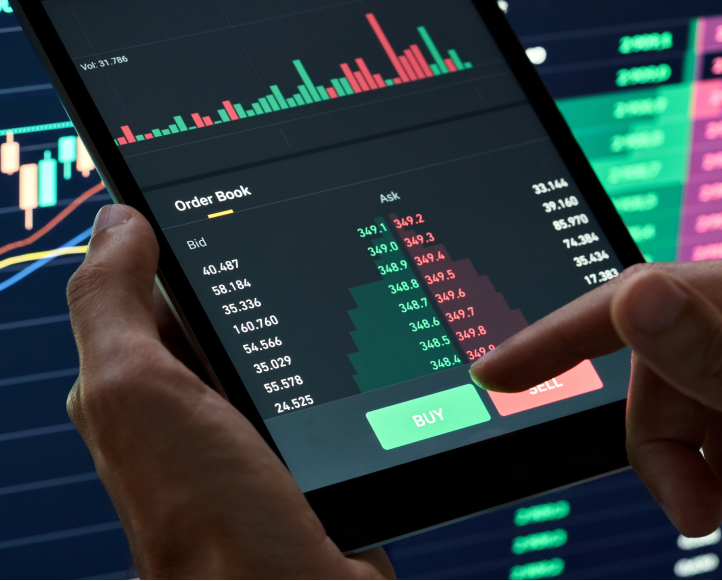
Mastering Crypto Trading Timing for Optimal Results
In the volatile world of cryptocurrencies, timing can make or break your trading success. Understanding when to buy and sell is crucial for maximizing profits and minimizing losses. This comprehensive guide will delve into various aspects of crypto trading timing, offering insights, strategies, and tips to enhance your trading experience. For more in-depth strategies, Crypto Trading Timing visit website and discover how you can refine your approach.
Understanding Market Timing
Market timing refers to the strategy of making buy or sell decisions of financial assets by predicting future market price movements. In crypto trading, market timing is particularly challenging due to the inherent volatility and the rapid changes in sentiment that can occur. Successful traders often utilize various tools and techniques to enhance their timing strategy.
The Influence of Market Sentiment
In cryptocurrency markets, sentiment plays a significant role. Prices can surge or plummet based on news events, regulatory developments, or even social media trends. Traders need to monitor sentiment regularly to adapt their strategies accordingly. Tools like the Fear and Greed Index can help in gauging market sentiment.
Technical Analysis: The Backbone of Timing
Many traders rely on technical analysis to inform their timing decisions. This approach involves analyzing price charts and using indicators to predict future price movements. Key indicators include moving averages, relative strength index (RSI), and Fibonacci retracement levels. By understanding these tools, traders can pinpoint entry and exit points more accurately.
Strategies for Effective Crypto Trading Timing
1. Swing Trading
One popular strategy is swing trading, where traders aim to capitalize on short-term price movements. This method focuses on holding assets for several days to weeks, allowing traders to exploit market swings. Swing traders often combine technical analysis with market sentiment to make informed decisions about their trades.
2. Day Trading
Day trading involves making multiple trades throughout the day, capitalizing on small price movements. This strategy requires strict discipline and the ability to react quickly to market changes. Effective day traders often use a mix of technical indicators and real-time news to time their trades effectively.

3. Scalping
Scalping is a more aggressive strategy, focusing on making rapid trades to capture small price changes. Scalpers need to have a developed sense for the market and be ready to execute trades almost instantaneously. This approach is best suited for traders who have the time and focus to monitor the market closely.
Understanding Time Frames
Traders should also consider the time frames they are operating within. Longer time frames (like daily or weekly charts) may provide a clearer picture of overall market trends, while shorter time frames (like hourly or minute charts) can help identify fluctuating price movements. Each trader must choose a timeframe that aligns with their own trading strategy and risk tolerance.
Market Hours and Their Impact on Trading
Unlike traditional stock markets, cryptocurrency markets operate 24/7. This constant availability can lead to high volatility at any time of day. However, certain times can be more favorable for trading. For instance, the overlap between major market openings (like when both the US and European markets are active) often sees increased trading volumes and volatility.
Utilizing Alerts and Automated Tools
Many traders use automated trading tools and alert systems to take advantage of market movements without being continuously logged into their trading platform. By setting price alerts, traders can be notified when assets reach a specified price, allowing for timely decisions. Additionally, trading bots can execute trades based on predetermined criteria, enhancing timing efficiency.
The Importance of Risk Management
While timing is crucial, it is equally important to have a robust risk management strategy in place. This includes setting stop-loss orders to minimize potential losses and using appropriate position sizes to protect your portfolio. Even the best trading timing can lead to losses if not properly managed.
The Psychological Aspect of Trading
Lastly, traders must manage their emotions when it comes to timing. Fear and greed can significantly impact decision-making. A disciplined approach, combined with a well-thought-out trading plan, can help mitigate these emotional influences. Staying calm and rational, especially in volatile markets, is essential for successful trading.
Conclusion
Mastering crypto trading timing is a complex yet rewarding endeavor. By understanding market sentiment, employing technical analysis, and developing effective strategies, traders can significantly enhance their likelihood of success in the volatile world of cryptocurrencies. Remember to always incorporate proper risk management techniques into your trading strategy to safeguard your investments. With dedication and practice, traders can learn to navigate the exciting realm of crypto trading with increased precision and confidence.

Deixe uma resposta